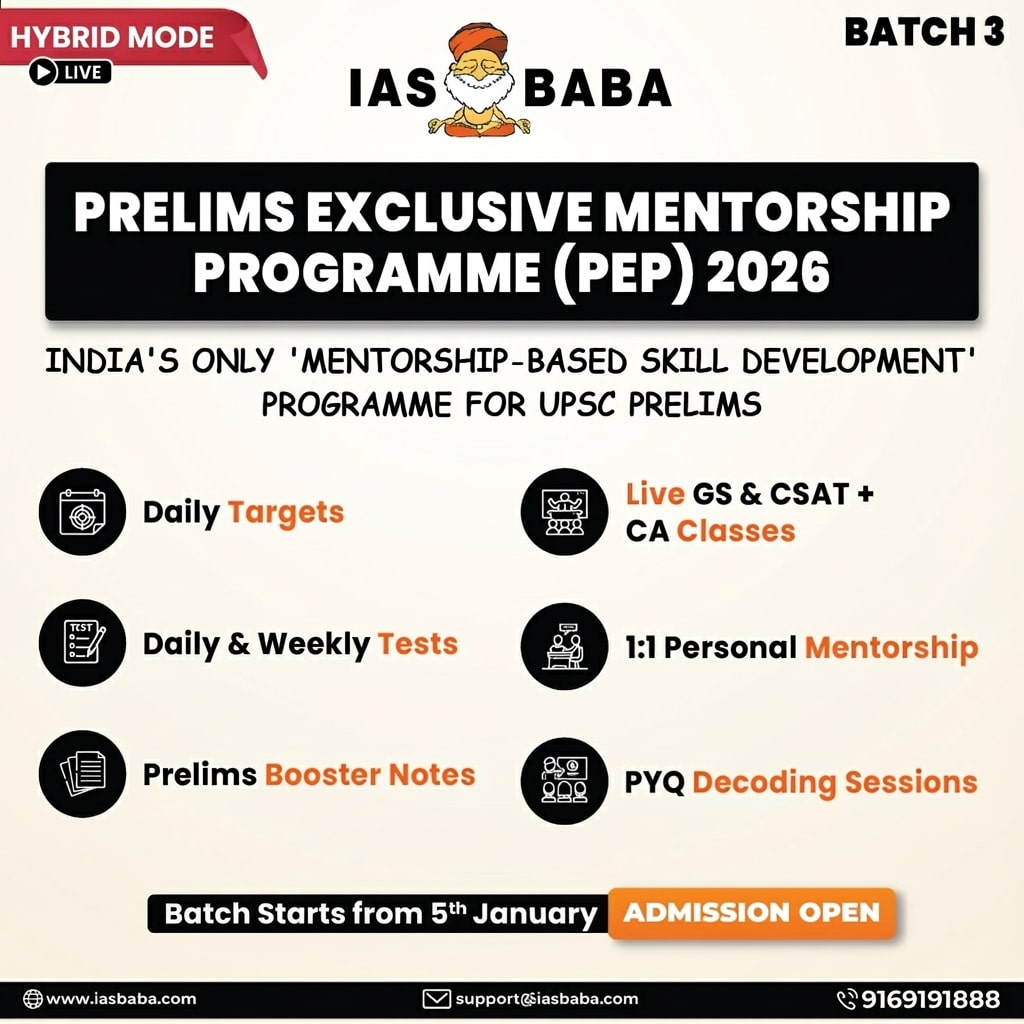Governance, TLP-UPSC Mains Answer Writing
Q. 5. “The Model Code of Conduct (MCC) plays a vital role in ensuring free and fair elections, yet it lacks statutory backing. Critically examine whether the MCC should be given legal status, highlighting its advantages and potential pitfalls.” (250 words, 15 marks)
Introduction
Rooted in Kerala’s 1960 elections and backed by Article 324, the MCC guides electoral conduct. However, its non-statutory nature raises concerns over enforceability, prompting debate on whether it should gain legal status.
Body
Key Provisions of MCC
- Political Decency: Bans personal attacks and divisive appeals during campaigning
- Avoidance of Public Fund Misuse: Restricts use of government resources for electoral advantage.
- Neutrality of Bureaucracy: Prohibits ministers from using official machinery for campaigning.
- Regulated Campaign Practices: Controls public rallies, advertisements, and slogans to avoid disruptions.
- Polling Booth Ethics: Prohibits canvassing near polling stations and the misuse of loudspeakers.
MCC’s Vital Role in Free and Fair Elections
- Creates a Level Playing Field: Prevents misuse of incumbency by regulating conduct of ruling parties. Example: Lok Sabha election in Vellore (2019) was cancelled due to cash-for-votes scandal.
- Guides Political Behaviour: Offers ethical benchmarks and pushes parties to self-regulate. Example: Candidate nominations were dropped following MCC violations on communal speech.
- Quick Disciplinary Action: Allows ECI to take immediate steps like bans and advisories. Example: ECI banned leaders from campaigning in 2014 for hate speeches.
- Public Trust in Process: Enhances credibility of elections by curbing excesses in real-time. Example: Strict enforcement in Northeast assembly polls improved voter turnout and safety.
Why Legal Status Should Be Given
- Improves Enforceability: Statutory backing enables defined punitive measures for violations. Standing Committee on Law and Justice has recommended making MCC legally binding.
- Reduces Discretionary Use: Legal codification standardises enforcement across regions and parties. Law Commission’s 255th Report suggested integrating MCC with electoral laws.
- Addresses Emerging Threats: Legal backing is essential to tackle misinformation on digital platforms. Recent ECI directives on social media conduct show current MCC lacks digital teeth.
- Graded Penalties Framework: Legal status could enable tiered punishments, improving deterrence. Example: Bans on campaigning, followed by disqualification for repeated violations.
Arguments Against Legalisation
- Flexibility Would Be Lost: ECI observes that the legal rigidity may hinder it’s ability to respond adaptively. Current system allows swift, situation-specific decisions during polls. 2. Delays in Enforcement: Court proceedings may outlast election cycles, diluting their relevance.
- Consensus-Based Strength: Moral adherence by all stakeholders ensures better compliance than coercion. Example: MCC’s voluntary acceptance makes it politically and morally binding without legal confrontation.
- Already Covered by Existing Laws: Provisions overlap with IPC, RPA, IT Act, reducing need for duplication. Example: Section 123(4) of RPA punishes publication of false statements during elections.
Judicial Observations
- Harbans Singh Jalal v. Union of India (1997): Upheld ECI’s authority to enforce MCC throughout election period.
- ECI v. State of Haryana (1998): Affirmed binding nature of ECI’s directions under Article 324 during elections.
Way Forward
- Graded Penalties: Introduce a tiered system of punitive measures with increasing severity for repeat violations.
- Time-Bound Enforcement: Ensure swift action, ideally within 72 hours, with standard operating procedures.
- MCC Modernisation: Update the code to tackle challenges from AI, digital misinformation, and deep fakes.
Conclusion
While MCC significantly contributes to ethical elections, its legalisation must be balanced with retaining its moral and flexible nature to ensure both accountability and timely electoral interventions.














